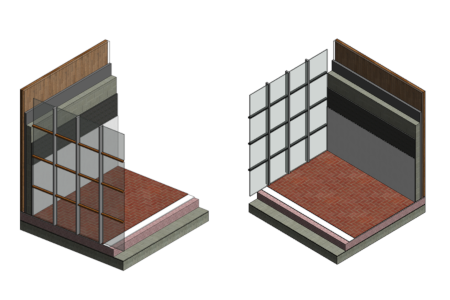 Optimising the building design for better material and product circularity and integrating all materials and products in the building only accompanied with a valid scenario for recyclability, reusability and separation does not serve just the purpose of sustainability. It reduces material resource waste, it saves resources for the next generations, but also significantly decreases the maintenance cost during the building operation.
Optimising the building design for better material and product circularity and integrating all materials and products in the building only accompanied with a valid scenario for recyclability, reusability and separation does not serve just the purpose of sustainability. It reduces material resource waste, it saves resources for the next generations, but also significantly decreases the maintenance cost during the building operation.
In the classical example of compound products and systems several layers of materials with very different properties in terms of recyclability (composition, separability, recycling potential, etc.) and service life are integrated into an inseparable composite structure. The entire system must be completely replaced as soon as the layer with the shortest technical life duration has reached the end of its technical service life, which means that materials which are still functional themselves must also be replaced before their end-of-life and unnecessarily. Composite structures inevitably result in an significantly increased waste volume that is also considered highly contaminated and very cost-intensive to dispose of. In addition, materials that are actually highly recyclable, are also inseparably connected into composite into a mixture that is not recyclable al together and, hence, converted into waste. If the same composite system or product is also used for the maintenance, the effects in terms of costs, recyclability and waste potential is multiplied several times over the entire building life cycle.